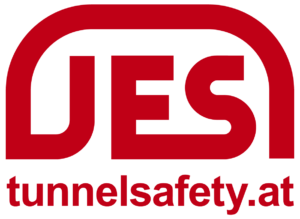Illuminance measurement
The requirements for tunnel lighting are determined by the nature of the human eye. The tunnel lighting must be controlled such that users, both during the day and by night, can approach, pass through and exit the tunnel without changing direction or speed with a degree of safety equal to that on the approach road. Especially by day the human eye needs to adapt to the lower lighting levels in a tunnel. The threshold lighting needs to be controlled such that drivers can perceive obstacles in the tunnel early enough to stop the vehicle. At night, it is sufficient if the lighting conditions in the tunnel at least correspond to the lighting conditions outside the tunnel.
Tunnel lighting needs to be adapted to these environmental conditions, following these national and international guidelines:
- CIE 88:2004 Guide for the lighting of road tunnels and underpasses
- CEN Report CR 14380 Lighting applications – Tunnel lighting
- DIN 67524 Beleuchtung von Straßentunneln und Unterführungen (DE)
- RVS 09.02.41 Tunnelausrüstung Lichttechnik Beleuchtung (AT)
The Austrian RVS provides for a reduction of the lighting in the interior zone at night depending on the illuminance in front of the portal. The illuminance sensor measures the illuminance semi-spherically. The measured value thus describes the luminous flux that strikes the surface of the transparent hemisphere of the sensor.
Request quotation
t/LUX Lux meter
- Photometer for measuring the illuminance at the sensor mounting location (in-situ)
- Cosinus corrected
- V(λ) adaptation
- Delivered ready for connection
- Impact-resistant IP65 ABS housing
- Optional device version with heated IP65 outer housing available
Lighting of interior zone at night according RVS 09.02.41
If the sections before and after the tunnel portal are unlit, the lighting of the inner section must be reduced during the course of the day in accordance with the table below. The reduction factor must be applied to the calculated target luminance Lin in the inner section.
| Illuminance EA | Time | Traffic | Reduction factor kred |
|---|---|---|---|
| > 100 lx | — | — | 1,00 |
| ≤ 100 lx | 04:00 – 08:00 16:00 – 22:00 |
— | 0,50 |
| 22:00 – 04:00 | > 100 Kfz/h | 0,25 | |
| ≤ 100 Kfz/h | 0,125 |
















